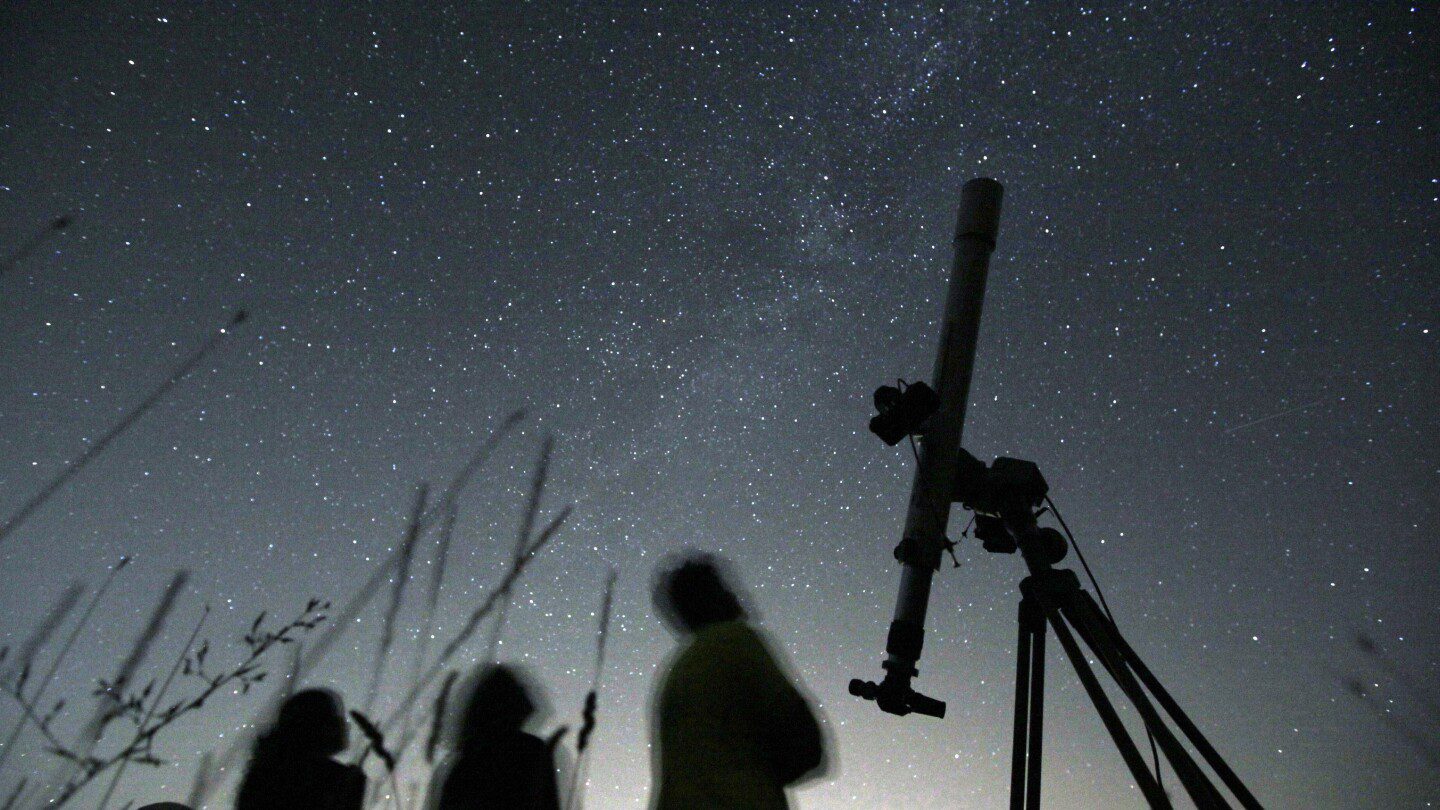
NEW YORK (AP) — As February concludes, skywatchers can witness a spectacular planetary parade featuring seven planets, although some may be challenging to observe without assistance.
These celestial gatherings occur when multiple planets align in the night sky. While they don’t form a straight line, they cluster on one side of the sun, creating a stunning visual.
Such astronomical events are relatively frequent, occurring at least once a year, depending on the configuration of the planets. According to NASA, a visible alignment of four or five planets happens every few years.
Last June featured a similar alignment, but only two planets were observable to the naked eye. In January, six planets were visible, four of which could be seen without specialized equipment, and now a faint Mercury joins the ensemble.
This month, stargazers can easily spot Venus, Mars, and Jupiter without aid. However, Mercury and a dim Saturn are positioned near the horizon, making them more elusive. For those equipped with binoculars or telescopes, Uranus and Neptune are also in view.
To catch this celestial show, head outside on a clear night after sunset. The planets will shine more brightly than the stars, with Mars appearing as a reddish-orange dot. Utilizing stargazing apps can assist in locating these shining orbs.
The planets will gradually shift out of view as spring progresses.
___
The Associated Press Health and Science Department benefits from the support of the Howard Hughes Medical Institute’s Science and Educational Media Group, as well as the Robert Wood Johnson Foundation. The AP maintains sole responsibility for all content.









